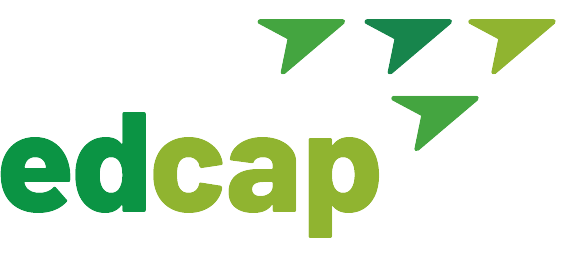What are the consequences of default?
Missing payments for more than 270 consecutive days (nine months) will result in your federal student loans going into default. Once you default, the government can garnish wages, offset tax refunds, or reduce Social Security benefits without court action. Federal loans have no statute of limitations, so this can continue until you die. Learn more about these consequences and how to stop them.
Communicate with your student loan servicer before you get to the point of default!
How do I prevent default?
You can prevent default by doing the following:
- Enroll in an Income Driven Repayment (IDR) plan. Your payment will be based on your income. This means that if you have no income, your payment can be as low as $0 and your loans will not go into default.
- Request a deferment or forbearance. This will temporarily postpone your payments.
Caution: Your student loan servicer may give you a forbearance on the spot, but if your situation is not temporary, it may be best to enroll in an Income Driven Repayment Plan.
How do I get out of default?
There are two primary ways to get out of default:
- Rehabilitation. Make nine monthly payments in full and on time over a ten-month period. You must call your debt collector to start this process. You can check your studentaid.gov account to find out who is managing your defaulted loans.
- Consolidation. You get a new loan to pay off your defaulted loan, which cures the default. You will then be required to make payments according to the terms of your new loan. You can apply for consolidation online with your FSA ID through the Department of Education’s website.
Caution: You can only rehabilitate your loans one time. If you decide to consolidate, understand the impact of consolidation. Get help if needed.
Get help if your loan is in default to make sure you select the option that is best for you.
Between rehabilitation and consolidation, is one better than the other?
Not necessarily, but it will depend on your specific situation.
- Rehabilitation removes the default annotation from your credit report, though it won’t erase the delinquencies that led to the default. This could be an advantage over consolidation, especially if you’re in the process of securing a mortgage or other types of loans, as it presents a cleaner credit history to potential lenders.
- Consolidation is administratively simpler, faster, less expensive, and can be completed online. However, it does not remove the default or delinquency history from your credit report. If you’ve been in default for several years, improving your credit may not be a priority, making consolidation a suitable option. Additionally, if you’re planning to return to school and need financial aid, consolidation may be your best choice. Borrowers with defaulted loans are ineligible for financial aid until their federal student loans are in good standing.
Caution: The information above is for federal student loans only. If you have private student loans, you should get advice before taking further action. Review our Managing Private Student Loans page, or call us for more information.
What’s next?
Communicate with your servicer before you default. Enrolling in an Income Driven Repayment plan may be the best short- and long-term solution. If you have defaulted, get help. You will need a plan to get out and stay out of default.
Tip: Don’t ignore your student loans. There are many repayment options available. If you have no income because you don’t have a job, your monthly payment can be as low as $0. Enrolling in a repayment plan can prevent you from defaulting and negatively impacting your credit or subjecting yourself to involuntary collections.








